The holidays are a magical time of year. It’s the season where we are bombarded with as many brand promotions as we are Christmas songs. Over the past decade, shoppers have slowly quit spending the day after Thanksgiving clawing through massive crowd scenes in search of the best deals. Instead, e-commerce websites have been experiencing a steady growth in sales as online shopping has become a much less-chaotic alternative.
The promotions associated with Black Friday, Cyber Monday, and of course, Amazon’s 52 days of holiday deals, have put a lot of pressure on e-commerce sites to step up their platform. The holidays are a time for brands to innovate and improve. But before they can do any of that, they’ll need to make sure they have their basics covered. So – here’s a list of some absolute necessities you’ll need to have on your site this holiday season.
1. Update Your Homepage
Your landing page should reflect the jolly time of year. In addition to the layout, the homepage needs to highlight sales, curated shopping lists, or provide insights on season-specific products.
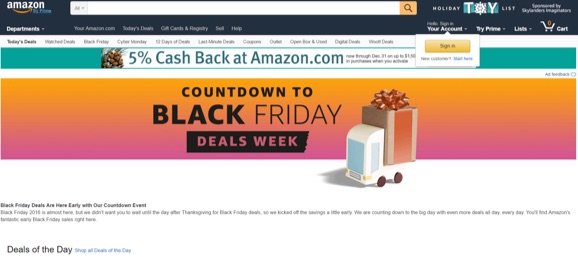
Amazon does a phenomenal job of this by making the holiday shopping experience extremely user-friendly and informative. For instance, their Holiday Toy List shows parents the most sought-after toys of the season for gift inspiration. They even break up the lists into age groups to make the shopping process as simple as possible.
2. Stock Up & Personalize The Shopping Experience
According to a survey by Deloitte, the 2016 holiday season is expected to see more online shopping than ever before. As much as 50% of customers plan to use e-commerce to complete their shopping. Getting a head start to prepare promotions and stock up on inventory will make the heavy traffic times run a whole lot smoother.
Brands must be ready to offer an online experience that reminds holiday shoppers why they wanted to avoid the high street crowd and rush in the first place. Personalizing the experience for the user is a great way to direct online shopping habits. Research conducted by Marketlive found that 55% of online shoppers are likely to take advantage of tailored product information. For example, Target’s Cartwheel app allows users to enter their shopping preferences at the beginning to create an individualized experience.
Here is a look at the app:
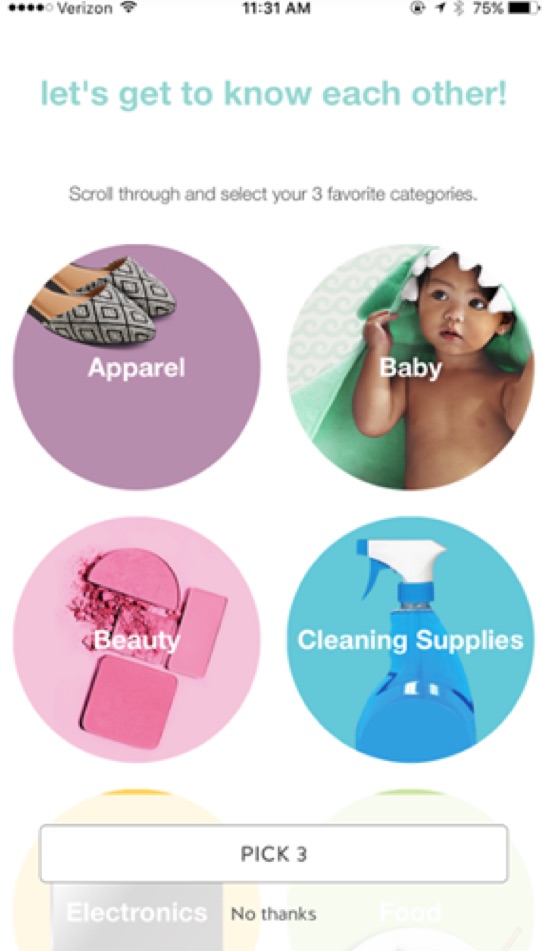
Immediately after creating an account, the user is directed a page where they can choose their favorite product categories so the app can pick up on specific patterns to provide personalized recommendations with incentives for saving.
Another big part of preparing for the busy season is getting your sales and customer service staff into the holiday spirit. Every team member should know what is expected of them and have their work cut out. Luckily, there are tools to help.
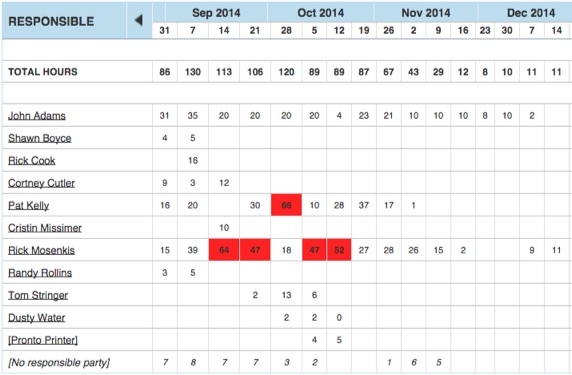
WorkZone is a feature rich scheduling and collaboration tool that also lets you track employee responsibilities and workload.
3. Create a Sense of Urgency
Regardless of the feel-good mentality that the holiday season brings, there is an equal level of stress that consumers feel during the shopping process. Everyone wants to get the best deals on their gifts. Behavioral psychologists indicate that “urgent situations cause us to suspend deliberate thought and act quickly.”
Two of the biggest ways e-commerce companies encourage urgency is by promoting limited-time offers and emphasizing scarcity.
A good tool to use to create a sense of urgency is a countdown timer or banner. Simply Hike uses this directly within their product listings. A ticking timer down to the second showing exactly how long a deal will last works to get an impulse decision out of the user by encouraging the “need to have it now” mentality.
In this example, American Apparel alerts the shopper when inventory is running low directly on the product page, urging them to buy fast before stock runs out.
88% of all impulse purchases are made because an item is on sale, according to a study by BetaBait. Stressing urgency on promotions should be be a top priority for e-commerce site this holiday season.
4. Provide Social Proof
Consumers today love reading product reviews before making a purchase. A survey by Dimensional Research, reported by Zendesk, found that 90% of participants claimed that positive online reviews influenced buying decisions.
Target displays guest reviews on their product pages so when a customer is doing their in-depth research, they can see exactly how other customers felt about purchasing this particular item.
Amazon on the other hand, shows customer reviews on the product listings. This way, shoppers can see what others think of a product before they do their in-depth research.
Displaying positive customer testimonials on your website can be the key to gaining new shoppers and seeing your conversion rate skyrocket.
5. Make Sure the Purchasing Path is Simple
Every step involved in buying is an opportunity for the shopper to reconsider. If a shopper is registered for your site, make the process quick.
Amazon is famous for their “1-Click” buying option. This allows registered users to fill out all their payment and shipping options so they can simply buy an item with one click while they take care of the rest.
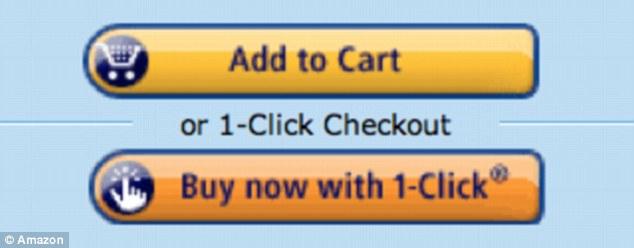
Ebay is another example of a fantastic checkout system. Ebay gives the user all the information they need such as buying and shipping options, seller reviews, and remaining stock.
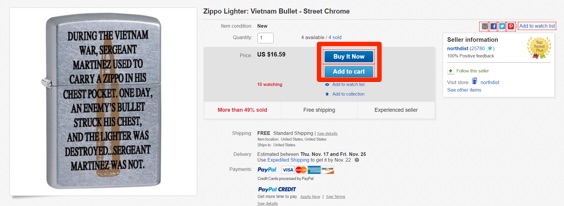
6. Have a Simple Return Policy
A quality return process is crucial in retaining customers. For example, Zappos is well-known for their simplified return policy. They provide 24/7 customer support and offer users plenty of refund options in addition to free returns.

For the shopper’s convenience, Zappos lists their return policy at the bottom of each product listing to ensure the user knows they have a 365 day safety net should they not like the item they bought.
The promise of free returns can drastically increase conversion rates. A study reported by CNBC found that the Zappos free-return policy boosted customer spending by 357%!
7. Optimize for Mobile
Over the past decade, mobile e-commerce has become the preferred platform for shoppers. The experience is now much more convenient for consumers. In fact, a survey from Nielsen found that 72% of smartphone shoppers make purchases from their homes. In turn, this has made the retail business a lot more competitive. Consumers today use their smartphones throughout the entire shopping process from product research, to price comparison, to purchasing. They want their shopping experience to be quick and simplified. To survive, brands must cater to this concept.
For example, Finish Line’s homepage on their mobile apps provides a great portal for shoppers to see the latest releases and view rewards to jumpstart the shopping experience.
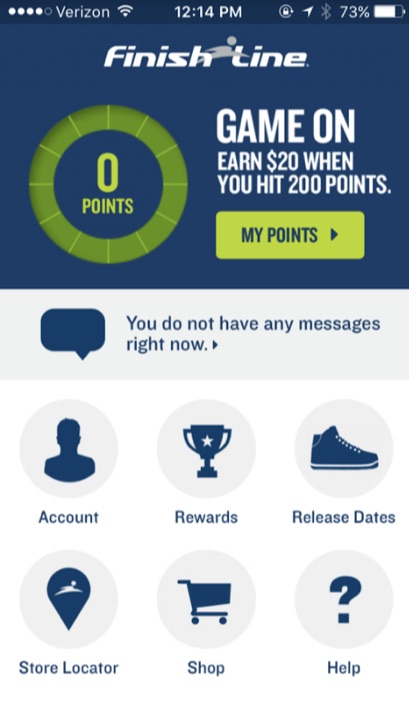
Optimizing for mobile goes beyond a stellar website. The increasing trend of mobile users correlates significantly to a strong social media presence. Posts should have simple and concise calls-to-action with links to your website. In this tweet, Toys R Us discusses a current promotion, the savings, a sense of urgency, and a call-to-action with a link to their website.
Save $30 on the LeapFrog EPIC tablet @toysrus. Sale $109, Reg. $139. Offer valid 10/27-11/19.https://t.co/xfkhBLuliV
— ToysRUs (@ToysRUs) November 14, 2016
8. Deliver Personalized Content
Personalized, feel-good content is par for the course during the holidays. Consumers today love to feel engaged with the brands they interact with, especially this time of year. One of the best ways to personalize content is with email marketing. According to Experian, a personalized subject line is 26% more likely to be opened than a generic line.
Tools such as MailChimp and Constant Contact are great for creating unique, personalized email marketing campaigns to promote deals, products, news, events, or anything about your business. Here is an example from La Provence. In this email, they display their current promotions and provide information on the product with a clear call to action.
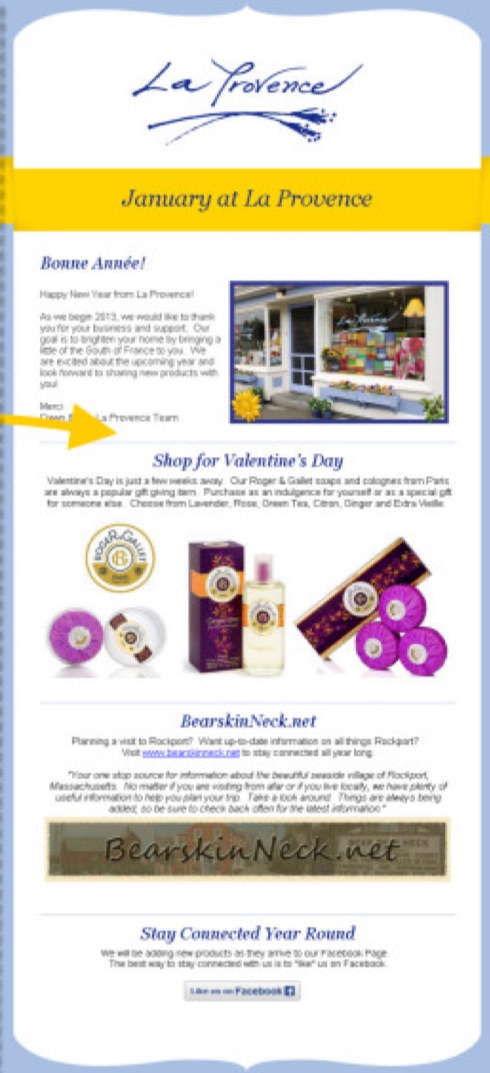
In addition, these tools also provide data on how well each campaign performs so you can make necessary adjustments.
9. Provide a Live Chat Option
Holiday shoppers are more than likely going to have questions and concerns about your product or service. This means support platforms need to be on point. A survey conducted by BI Intelligence found that 60% of U.S consumers have not completed a purchase due to a poor customer service. This translates to approximately $83 billion in lost sales among retailers.
The key to boosting e-commerce conversions is to keep shoppers on your page. Including a live chat function on your website is a great way to keep customers from leaving. There are many support tools you can use to supplement your website. For example, LiveChat is a tool that allows customers to avoid long queues and connects them instantly with customer support – while they are still on your website.
A lot of companies are utilizing live chat tools in their e-commerce strategies. Canyon Bicycles has options in which the user can choose their preferred language for the entire website including the chat function so the visitors can be directed to the appropriate representative. By doing this, the brand works to adapt to wider customer base.
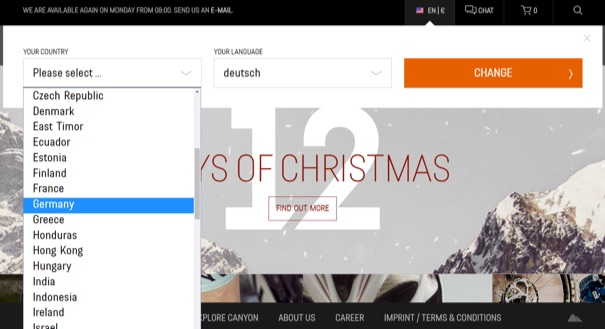
Over to You
Boosting e-commerce conversion rates over the holiday season all comes down to being prepared for the rush. You can never be prepared enough. Year after year, businesses need to keep improving and innovating to finish the year strong. Good luck and Happy Holidays!
About the Author: Pratik Dholakiya is the co-founder of E2M Solutions Inc.
source https://blog.kissmetrics.com/heres-your-checklist-to-boosting-your-e-commerce-conversion-rate-this-holiday-season/
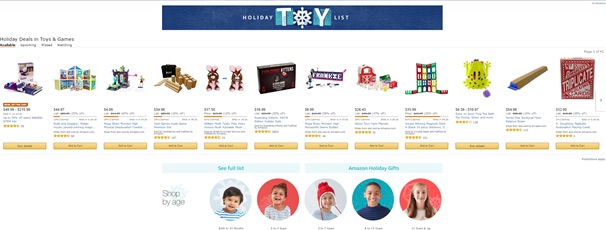
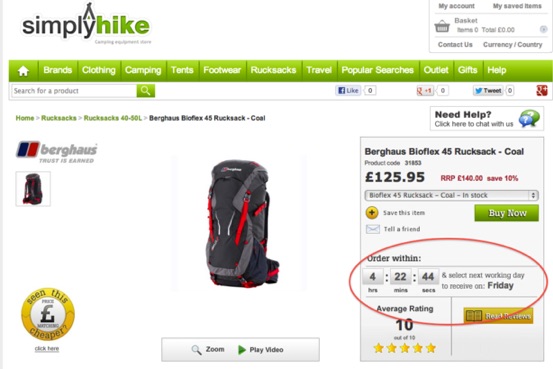
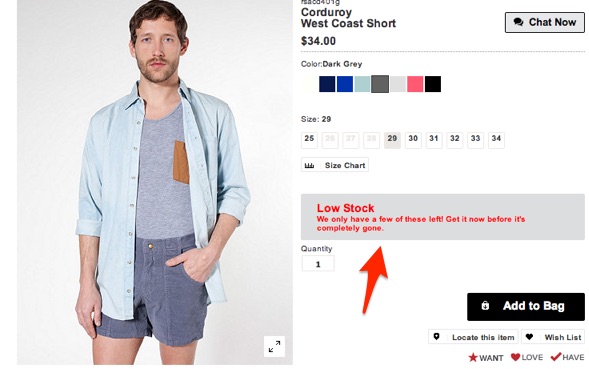
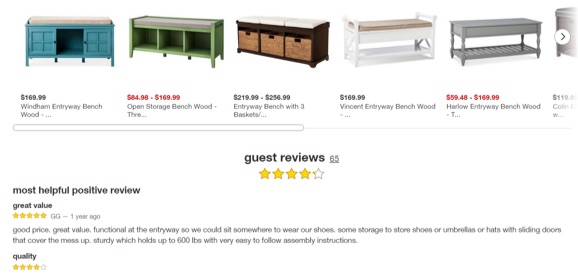
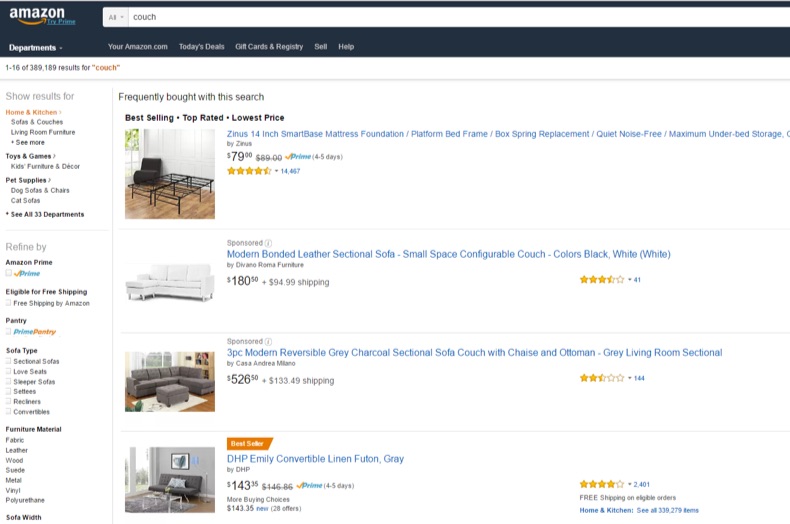
No comments:
Post a Comment